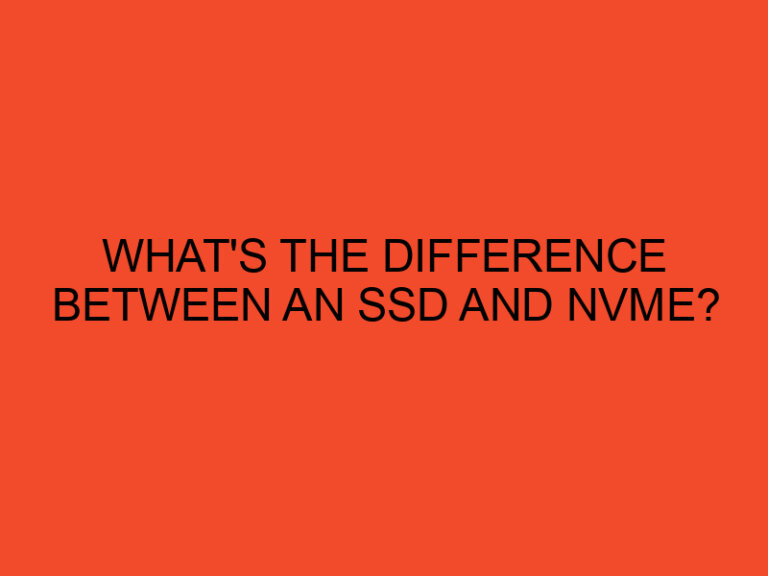Motherboards are the central component of a computer that houses various hardware components and allows them to communicate with each other. When it comes to the physical size of motherboards, they are not all the same. Motherboards come in different sizes, commonly referred to as form factors. In this article, we will explore the various motherboard sizes or form factors and provide you with an understanding of their differences.
Table of Contents
Are All Motherboards the Same Size?
What Is a Form Factor?
Here, we will explain what a form factor is in the context of computer hardware. We will discuss how form factors define the physical dimensions and layout of motherboards.
Common Motherboard Form Factors
This section will cover the most common motherboard form factors available in the market. We will discuss ATX, Micro-ATX, Mini-ITX, and Extended ATX form factors, highlighting their size differences and typical use cases.
Factors to Consider
When choosing a motherboard, it’s important to consider various factors beyond just the size. In this section, we will discuss additional factors such as expansion slots, features, and power delivery that can influence your choice.
Compatibility with Cases
Motherboard size plays a crucial role in compatibility with computer cases. Here, we will explain how different motherboard sizes require corresponding case sizes and what to look for to ensure a proper fit.
Conclusion
In conclusion, motherboards are not all the same size. The size of a motherboard, also known as the form factor, varies depending on the specific model and intended use. By understanding the different form factors and considering compatibility with cases, you can make an informed decision when choosing a motherboard for your computer system.
FAQs
Are all motherboards the same size?
No, motherboards come in different sizes or form factors. The most common form factors are ATX, Micro-ATX, Mini-ITX, and Extended ATX.
What is the most common motherboard size?
The most common motherboard size is ATX, which offers a good balance of features and expandability. It is commonly used in desktop computers.
Are all cases compatible with all motherboard sizes?
No, cases are designed to be compatible with specific motherboard sizes. It’s important to check the specifications of the case to ensure compatibility with the chosen motherboard form factor.
Can I install a smaller motherboard in a larger case?
Yes, it is possible to install a smaller motherboard, such as a Mini-ITX, into a larger case. However, there may be unused space in the case, and additional considerations may need to be made for cable management and aesthetics.
Are smaller motherboards less powerful than larger ones?
The physical size of a motherboard does not directly correlate with its power or performance. The performance of a motherboard is determined by its chipset, features, and overall design, rather than its size.





